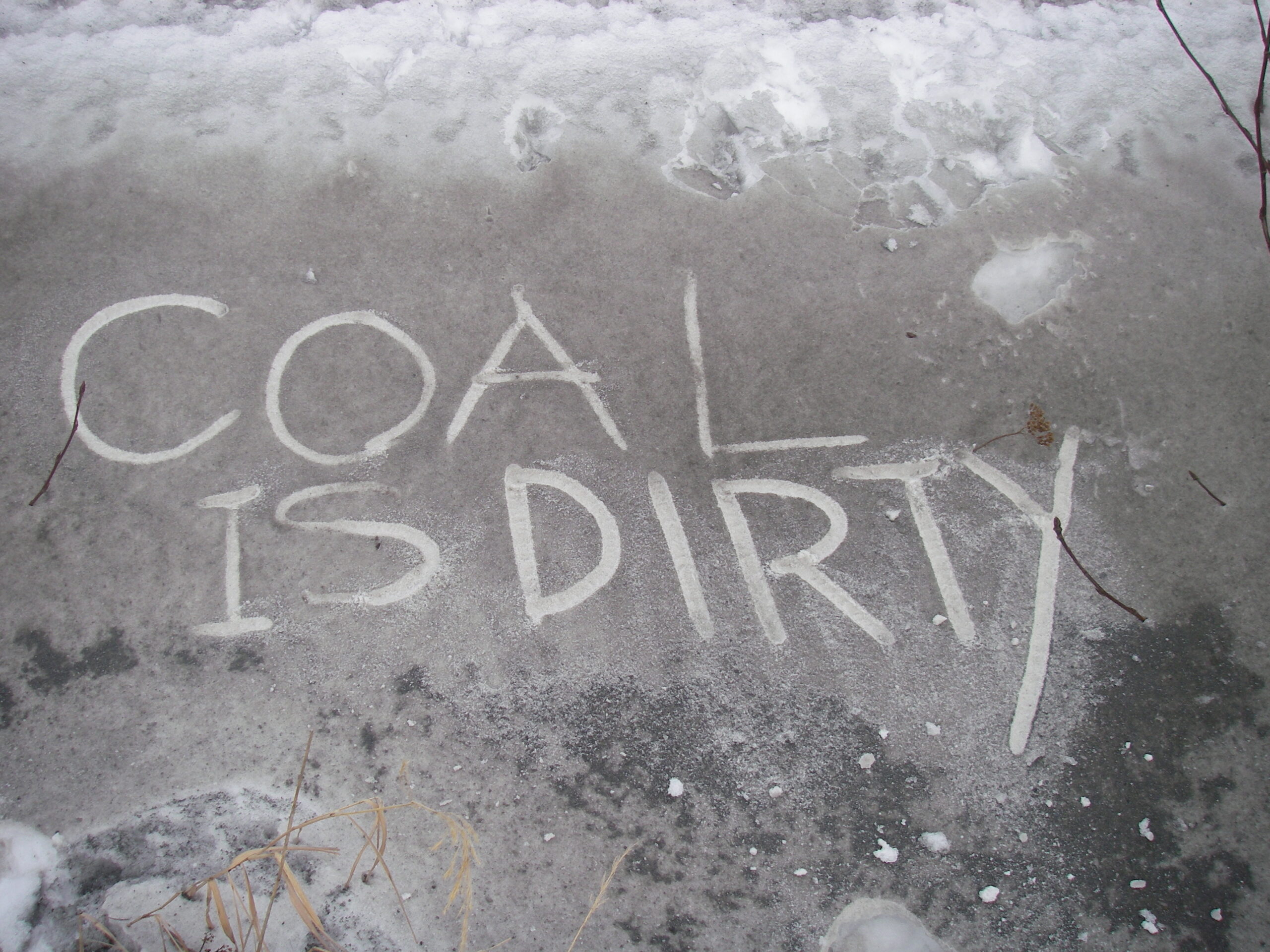Several West Coast communities are considering whether to roll out the welcome mat for new coal export terminals. In evaluating the merits of these proposals in places like Oakland, California, and Longview, Washington, it’s useful to examine the industry’s real-world track record. As one study of coal port operations put it, “coal terminals by their nature are active sources of fugitive dust.”
Seward, Alaska
In Seward, Alaska, residents sued the local coal port in 2009 because debris coming from the terminal’s loading systems regularly coated nearby fishing boats and neighborhoods with black grime. The residents’ suit stated, among other things, that the conveyor system for loading ships dropped coal dust into Seward’s scenic harbor, violating the US Clean Water Act. In 2010, the state of Alaska fined the railroad company that delivers coal to the terminal $220,000 for failing to adequately control dust, but a legal resolution was painfully slow, and the terminal operators resisted at every turn.
The case finally settled in December 2015 after the 9th Circuit Court of Appeals found that coal falling into the bay was not allowable under the company’s general stormwater discharge permit and the US Supreme Court opted not to hear an appeal. The settlement still allows the coal terminal operators to discharge “incidental” coal during the ship-loading process as long as they are following guidelines issued in a state permit. The companies involved were released from any admission of violations, as well as from liability in civil lawsuits. The suit and settlement only covered the coal terminal’s loading system, however, and local advocates still hope to find a way to prevent the spread of coal dust from the delivery trains and on-site coal stockpiles.
British Columbia
British Columbia’s Westshore coal terminal, which ships about 24 million metric tons per year, sits on a peninsula jutting into the Strait of Georgia. Some residents of Point Roberts, a beachfront community three miles away, complain that coal dust blackens their homes, patio furniture, and boats moored in the local marina. A 2001 comprehensive study of coal dust pollution in Canada found that the Westshore Terminal emits roughly 715 metric tons of coal dust per year. A separate study recently conducted by researchers at the University of British Columbia found that the concentrations of coal dust in the vicinity of the terminal had doubled during the period from 1977 to 1999.
In northern British Columbia, the coal export terminal at Prince Rupert is such an active source of dust that the facility’s operators regularly send out contractors to powerwash the dust from homeowner’s properties.
The American Southeast, and beyond
The Lamberts Point Coal Terminal in Norfolk, Virginia, which ships 28 million tons of coal annually, is legally permitted to release up to 50 tons of coal dust into the air each year. Black grit from the coal piles commonly coats cars, windowsills, and plants in neighboring communities. Neighbors worry that the dust is responsible for the vicinity’s elevated asthma rates.
In Newport News, Virginia; Charleston, South Carolina; and on the Mississippi River, coal dust routinely blankets neighborhoods and local waterways. And Sightline has documented that coal dust is also widespread near terminals in Australia, India, and South Africa.
An unwelcome neighbor
The scale of likely dust pollution at the export facilities planned for the West Coast is unclear. Project developers are promising to install mitigation devices that they say will control dust, yet it’s highly unlikely that the coal dust can be contained entirely. Huge piles of coal will stand outdoors in wind and weather and frequently be shoveled into new positions by giant bulldozers, stacker-reclaimers, and other machinery.
Coal dust problems plague export facilities across North America and around the world. Because these facilities require port operators to store coal in large uncovered piles at terminals, these piles can feed prolific quantities of dust to the wind, especially when terminal machinery are loading and unloading the fuel. The grime is a nuisance for nearby property owners, a potential threat to local wildlife, and maybe even a risk to human health. In forthcoming articles, Sightline will take a closer look at what scientists say about the impacts of coal dust.


Comments are closed.